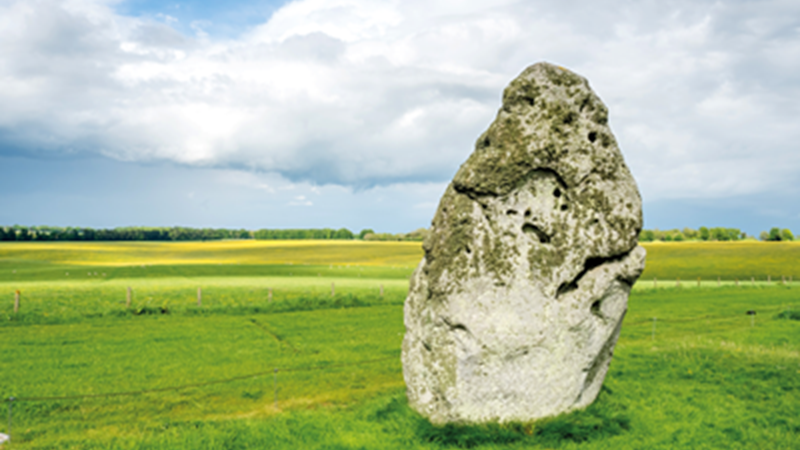Our heritage impact assessment explained
Stonehenge is one of the most recognisable places in the world.

Less well known but equally as important is the surrounding World Heritage Site landscape, which includes 1700 archaeological features including burial mounds and other prehistoric sites and monuments. 175 of the most significant are designated as scheduled monuments.
Our team of archaeology specialists, alongside experts from Historic England, Wiltshire Council Archaeology Service, National Trust and English Heritage, have closely examined the impact of both the current road and our proposed scheme on these monuments and Stonehenge itself – this forms part of what’s known as a Heritage Impact Assessment.
A Heritage Impact Assessment is a detailed report that looks at how archaeological remains and ancient landscapes are affected by a proposed development. This allows planning authorities to understand the reasons for a proposal and the potential negative and positive impacts, so they can weigh up the risks and benefits of the plan.
Our scheme's report can be found on the Planning Inspectorate website.
The maps below illustrate the table starting on page 590 of the report. We've produced these new visuals to make some of this information easier to understand.
These maps show the effect of the current A303 and the proposed scheme on archaeological features and monuments in the landscape.
For each, the effect has been assessed and rated on a scale ranging from “Adverse” to “Beneficial”.
